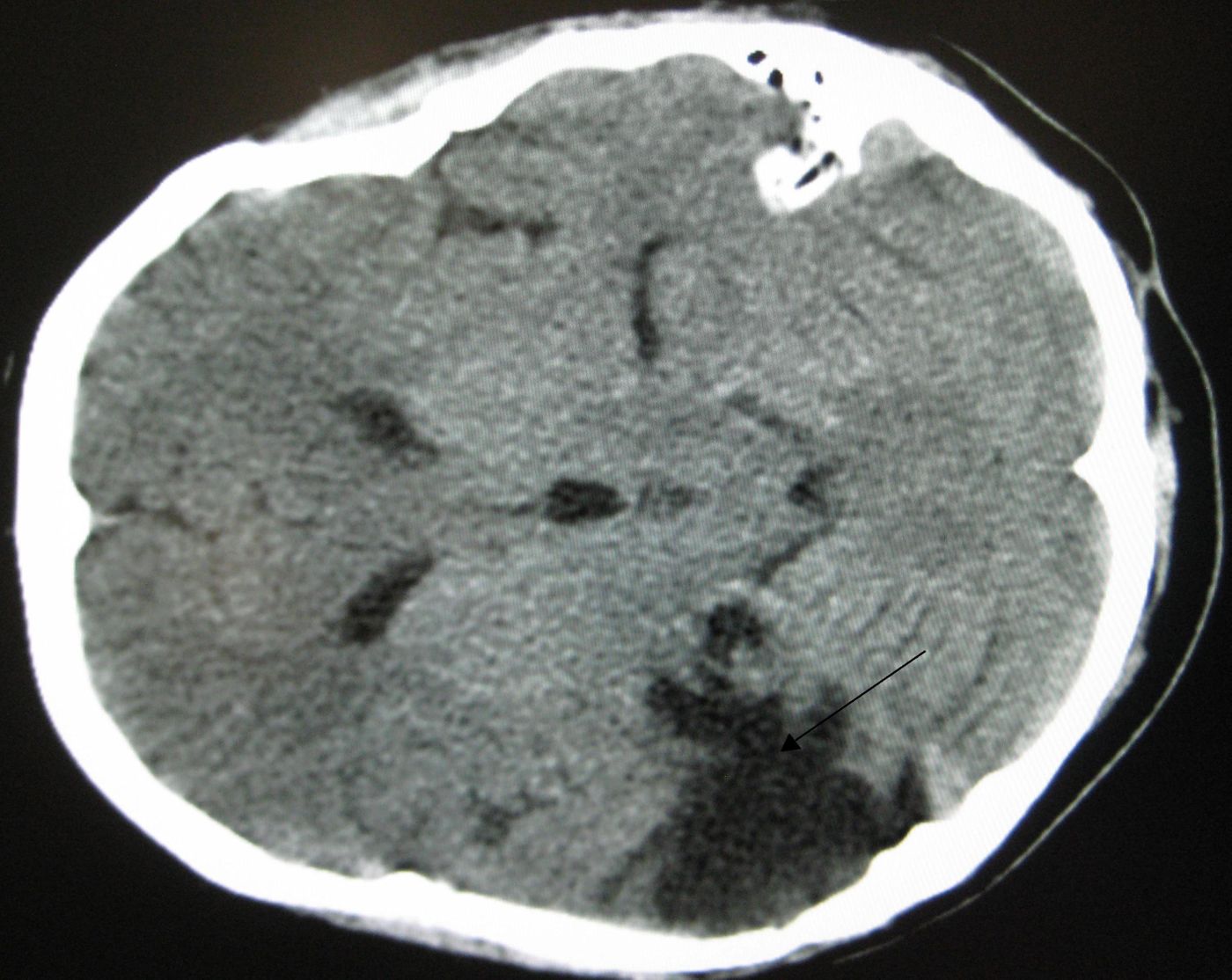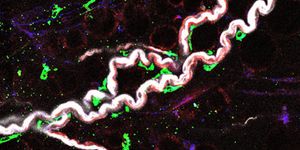Class of Neuroprotective Molecules Discovered
Investigators have been working to learn more about a new class of chemicals that cells release in response to injury. Recently discovered by Nicolas Bazan, MD, Ph.D., these bioactive messenger molecules are created from VLC-PUFAs,n-3, or omega-3 very long chain polyunsaturated fatty acids, and were named elovanoids (ELVs). They help cells communicate and play a role in immune activity and neuroinflammation in response to injury.
"Although we knew about messengers from omega-3 fatty acids such as neuroprotectin D1 (22 carbons) before, the novelty of the present discovery is that elovanoids are made of 32 to 34 carbon atoms in length," notes Nicolas Bazan, MD, PhD, Boyd Professor and Director of the Neuroscience Center of Excellence at LSU Health New Orleans. "We expect that these structures will profoundly increase our understanding of cellular crosstalk to sustain neuronal circuitry and particularly to restore cell equilibrium after pathological insults."
For this work, which was reported in Science Advances, the scientists used a cell culture model of ischemic stroke in the hippocampus and cerebral cortex. It was found that elovanoids have a protective effect on neuronal cells. The molecules also promote neuronal survival and help maintain cellular integrity and stability. They have revealed how the brain might recover after serious injury.
"Our findings represent a breakthrough in the understanding of how the complexity and resiliency of the brain are sustained when confronted with adversities such as stroke, Parkinson's or Alzheimer's and neuroprotection signaling needs to be activated," explained Bazan. "A key factor is how neurons communicate among themselves. These novel molecules participate in communicating messages to overall synaptic organization to ensure an accurate flow of information through neuronal circuits. We know how neurons make synaptic connections with other neurons, however, these connections have to be malleable to change strength appropriately,” he continued.
“Elovanoids might play a central role as synaptic organizers, especially important in conditions resulting from synaptic dysfunction such as autism or amyotrophic lateral sclerosis, for which we have no therapeutic answers," he suggested.
While scientists know about very long chain polyunsaturated fatty acids, it hadn’t been established that they could be converted into other molecules, which can then exert a powerful physiological effect on neurons.
The researchers elucidated the features and structure two elovanoids in the brain - ELV-N32 and ELV-N34. After using neuron cell cultures and an experimental model of stroke, they determined that elovanoids become activated after cells are deprived of oxygen or glucose, or after excitotoxicity - events that have been linked to the early stages of brain injury, stroke, epilepsy, Parkinson's, and other neurodegenerative diseases.
They found the times and concentrations at which elovanoids conferred neuroprotection. The stroke model showed that elovanoids start the repair process, reduce the size of the damaged brain area, and improve recovery, overcoming the toxicity caused by those adverse events.
"Our findings provide a major conceptual advance of broad relevance for neuronal cell survival and brain function, particularly in regards to ischemic stroke," noted Bazan. "In the near future, we hope to apply this knowledge to prevent traumatic brain injury, chronic traumatic encephalopathy, stroke and neurodegenerative diseases. Elovanoids may offer an answer to be tested as a potential therapy."
In the video above, Dr. Bazan discusses his work.
Sources: AAAS/Eurekalert! Via Louisiana State University Health Sciences Center, Science Advances









